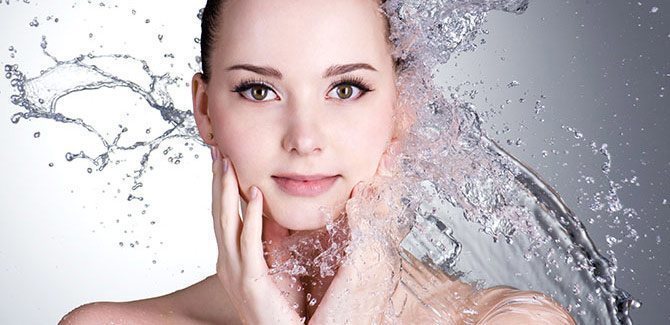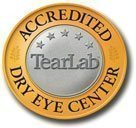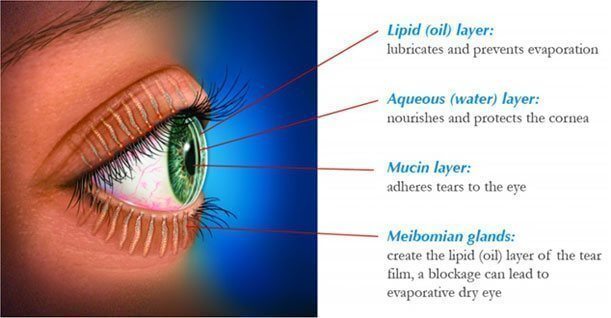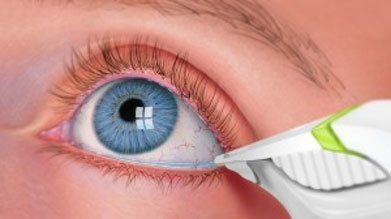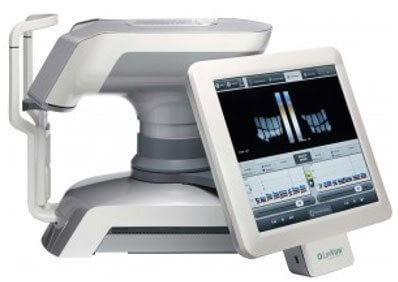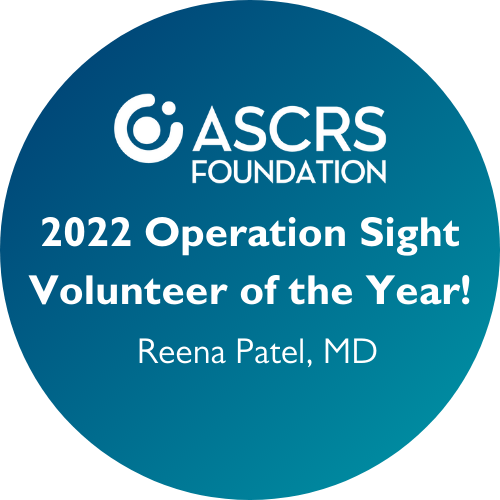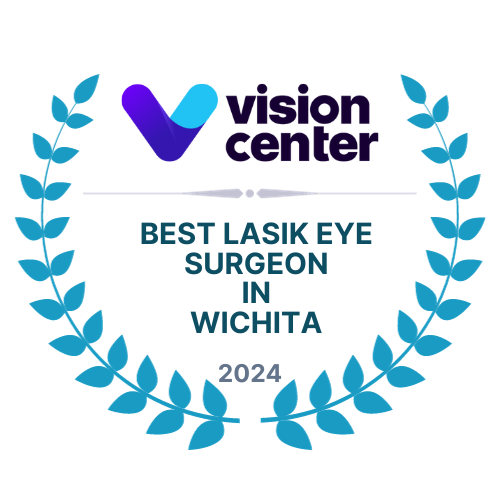Dry eye syndrome affects more than 100 million people worldwide and is a very common condition affecting Americans. In Wichita’s windy climate, it is very common for patients to experience dry eye syndrome. Dry eye syndrome occurs when the eyes do not produce enough tears or the tears evaporate too quickly. Tears are essential to the visual system and overall ocular health. With every blink, tears wash over your cornea and provide it with essential nutrients and lubrication. Tears also wash away debris or foreign material, prevent infection, and keep the visual input system clear.
A normal tear film is composed of a water (aqueous) layer, lipid (oil) layer and a mucin (mucus) layer. For tears to properly function as a lubricant and to provide ocular protection, each tear needs to have the correct proportion of each layer.
If the tear film does not have the correct proportions of each layer, you may suffer or have difficulty with some of the following symptoms of dry eye syndrome.
Common Symptoms of Dry Eye Syndrome
- dryness
- excessive watering or tearing
- feeling of foreign body in eye (foreign body sensation)
- light sensitivity (photophobia)
- eye fatigue
- burning/stinging
- grittiness
- blurred/fluctuating vision
- itching
- redness
- discharge from eye
About Dry Eye Syndrome – Causes, Symptoms and Diagnosis
Healthy eyes normally produce tears that wash out dust and debris and keep the eyes sufficiently moist.
Dry eye occurs when the lacrimal gland or glands around the eye do not produce enough tears, or when the tears produced are chemically composed in a way that causes them to evaporate too quickly. Dry eye syndrome can happen as a person ages, as a side effect to medications that dry out the eyes, or as a result of living in a dry, dusty, or windy climate. Dry eyes can also be a symptom of certain systemic diseases such as rheumatoid arthritis, ocular rosacea or Sjögren’s syndrome.
Patients with chronic dry eye can feel stinging, itching, or a burning sensation in the eye. Dry eye patients can have eyes that remain red most of the day or constantly feel like there is something in them. Inadequate tears can make common everyday activities like reading, driving, using the computer, and even watching television difficult or even impossible. If these symptoms persist, it’s time to see Dr. Patel for a dry eye examination.
Chronic dry eye syndrome causes numerous symptoms. Due to its complex nature, dry eye syndrome is often under-diagnosed or missed. Dry eye syndrome can be difficult to diagnose since many common dry eye symptoms can mimic the same symptoms of other diseases such as ocular allergies. Dry eye syndrome can range in severity from mild irritation to severe inflammation causing corneal melting.
To diagnose chronic dry eye syndrome, Dr. Patel performs a comprehensive eye examination and various tests to measure the volume and quality of your tears. Schirmer’s testing involves placing a drop of anesthetic in both eyes and then placing strips of paper inside the lower eyelids to test tear production. After a few minutes, Dr. Patel measures the amount of strip soaked by the eye’s natural tear production.
Advanced Dry Eye Testing
TearLab Osmolarity Test
The TearLab Osmolarity test measures the salt concentration of your tears and can help determine the severity of your dry eye. During your dry eye consultation, the TearLab Osmolarity system is used to determine your Osmolarity Score. A small 50 nanoliter sample of your tears is taken quickly and painlessly from the eyelid margin. The sample is then analyzed by Dr. Patel to determine your Osmolarity Score. This number is an indication of the severity of your dry eye and serves to help monitor your dry eye treatments progress.
LipiView® Ocular Surface Interferometer
The LipiView® system utilizes advanced imaging to precisely measure the lipid (oil) layer of your tears and the frequency and quality of your blinking by videotaping you blinking and analyzing more than one billion data points. This new technology can be essential to determine: a) whether you have imbalances in your tear film or significant evaporative dry eye; and b) which treatment options would be best for you. There are no contraindications and no adverse side effects associated with LipiView®. The LipiView® analysis is an important testing component of your dry eye treatments consultation. Although your dry eye treatment examination can be billed to your medical insurance, the LipiView® analysis is not covered by medical insurance.
When you schedule a dry eye consultation at Wichita Vision Institute, an Accredited Dry Eye Center, Dr. Reena Patel will evaluate your tear film, tear concentration, tear production, meibomian glands, blinking habits, lid position, and tear ducts. After an extensive examination and a thorough history to determine your specific symptoms, Dr. Patel will assess which form/forms of dry eye syndrome you have and determine a combination of treatments to help relieve your dry eye symptoms.
To schedule an appointment and/or to learn more about dry eye, please call us at 888-984-4393 or send us an email.
Dry Eye Treatments
Wichita Vision Institute is an Accredited Dry Eye Center that offers innovative technologies and treatment options for dry eye syndrome. Dr. Reena Patel commonly diagnoses and treats chronic dry eye syndrome with a myriad of options. After careful examination and diagnostic testing, Dr. Patel can recommend various treatment options based on the type of tear deficiency you have.
Treatment of Aqueous Tear Deficiency (poor tear production)
Should Dr. Patel determine that your chronic dry eye is from poor tear production, there are multiple treatment options such as topical lubricants, LACRISERT®, topical medications, oral medications, punctal plug placement, and other options. For those patients suffering from moderate to severe dry eye symptoms, medications such as Restasis can be used to help create more of your own tears. Dr. Reena Patel can help determine your best treatment options.
Treatment of Evaporative Dry Eye Syndrome (decreased lipid content in tears)
Some studies suggest that the most common form of dry eye is evaporative dry eye syndrome, which may constitute up to 86% percent of cases. Evaporative dry eye occurs when the outer lipid (oil) layer is deficient. When this lipid layer is decreased, the water portion of the tear film dries out quicker and evaporates at a more rapid rate. Evaporative dry eye can make it difficult to drive, work on the computer, watch television, read and participate in other common activities. The inability to easily engage in these daily activities as a result of inadequate tears can be frustrating.
Wichita Vision Institute was the first practice in Kansas to offer LipiView® testing to measure evaporative dry eye, and the first practice in Kansas to offer the revolutionary LipiFlow® treatment for evaporative dry eye syndrome.
If you are experiencing persistent symptoms of dry eye and are interested in dry eye treatments — including LipiFlow®, the new breakthrough treatment for evaporative dry eye syndrome — please contact Wichita Vision Institute by phone or email to schedule an appointment.

